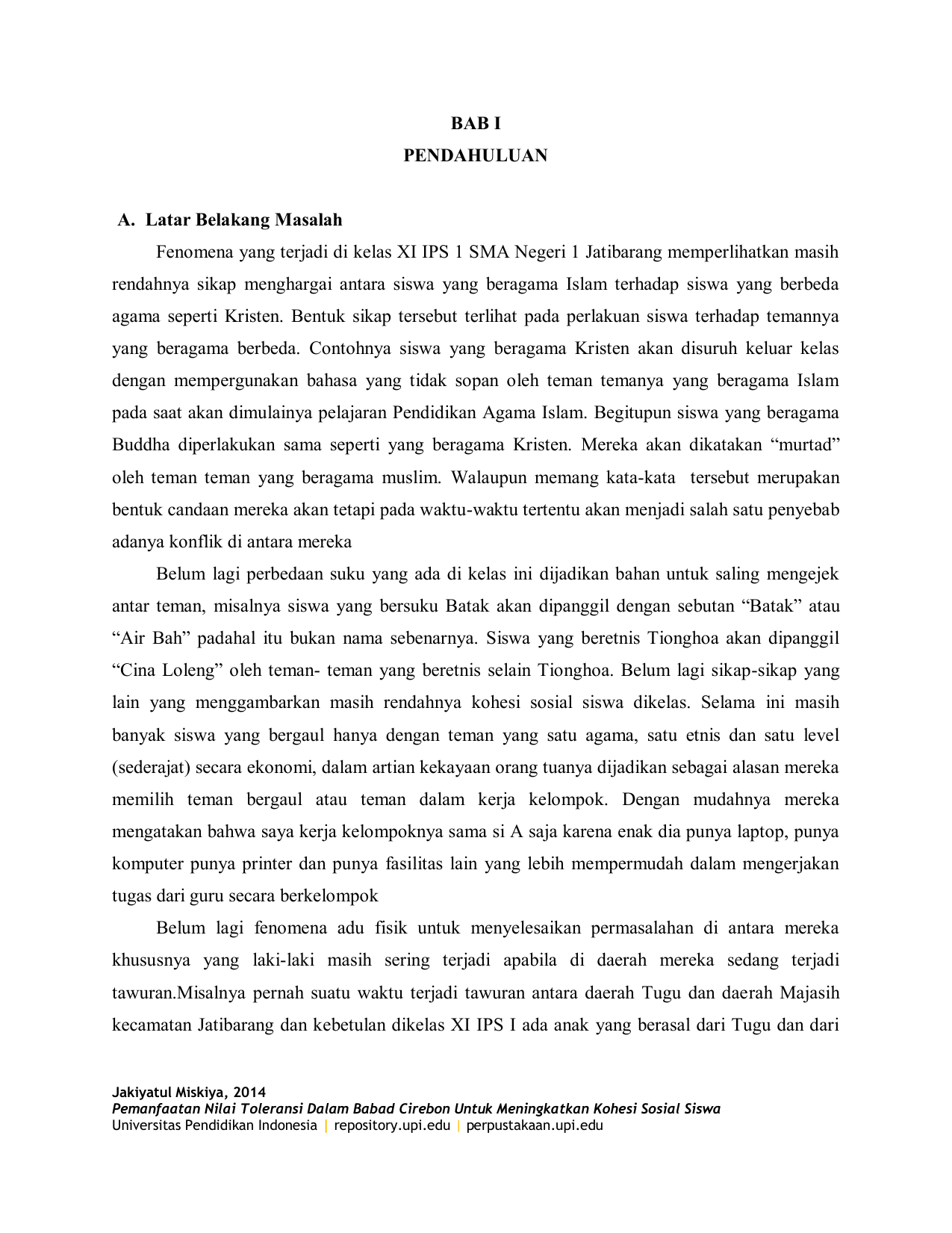

Beware if your hajj is just a physical matter. However, Mustapa assumed that the meaning of hajj was not only the hajj ritual physically but also the inner-side of feeling (alaming rasa). In addition to the storm in the sea, the pilgrims found other difficulties in the Holy Land. It shows that hajj in the colonial period was very difficult. The paper uses an intertextual approach with an analysis of social history and Sufism. Mustapa told about the hajj journey route, his experiences of suffering, and he also provided an interpretation of inner meaning of hajj according to the Sufi perspective. One of his hajj stories was Kinanti Munggah Haji. He is one greatest Sundanese poets as he wrote more than 10 thousand cantos on Sufism from 1900-1902. The author of the dangding was Haji Hasan Mustapa (1852-1930). It was expressed in the form of Sundanese metrical verse which was called dangding or guguritan. The paper discusses a Sundanese story of hajj or pilgrimage to Mecca during the Dutch colonial period. It is an attempt to show inability of Sundanese language to accommodate Arabic language in the midst of rich and complexity of the language. Therefore, there are various compromises were taken by translators to bridge the complexity between both target and source language structures. The Sundanese translators generally difficult to use the structure of target language, because it is bounded by their loyalties to the source language. The translations of the Quran in Sundanese, unlike the Bible translations in Christianity, tend to be fettered by the structure of source language. The most complicated is translation in the form of Sundanese metrical verse or dangding. I confirm that the translation of the Quran in Sundanese has limitations and barriers,such as thechange of lexical, word types and unit of semantic and structure of sentences. This study shows that there is a similar structure of Sundanese language in the midst of variations of the translation of the Quran. I use eleven translations of the Quranic Sundanese as the main object.

This study focuses on the problem of differences, uniqueness and limitations of Sundanese as the target language in accommodating Arabic Quran, using the linguistic approach to translation. There is no target language can fully represent the source language.


 0 kommentar(er)
0 kommentar(er)
